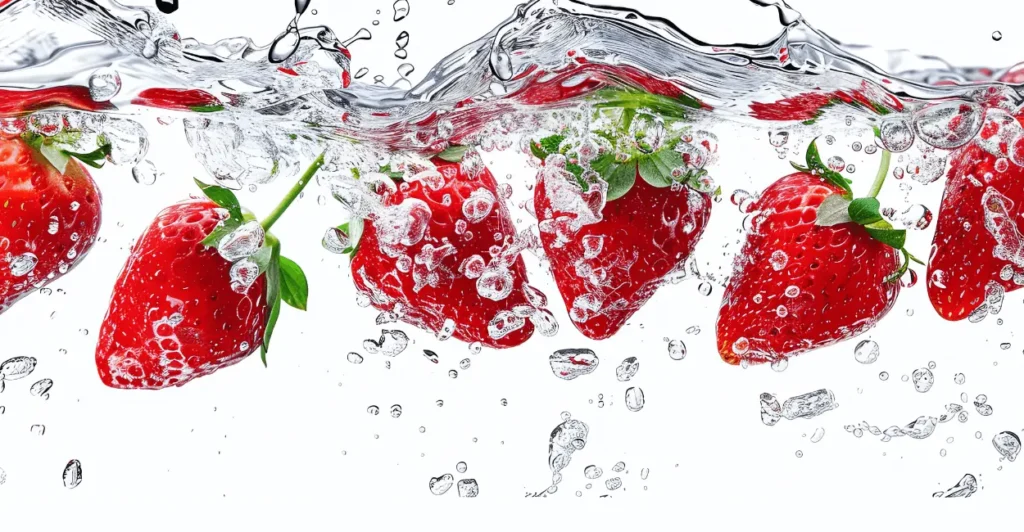
There’s nothing like bringing home a container of fresh strawberries—bright, firm, and full of flavor. But if you’ve ever opened the fridge days later and found them mushy or moldy, you’re not alone.
Fortunately, there are a few simple and effective ways to store strawberries properly and make them last longer. Experts from Driscoll’s, one of the most respected berry brands, explain exactly how to do it.
✅ 1. Store them unwashed and keep them as dry as possible
One of the most important rules for strawberry storage is to avoid washing them beforehand.
“For best results, Driscoll’s recommends that you refrigerate your unwashed strawberries in their original container for up to five days,” says Frances Dillard, Vice President of Marketing for the family-owned and operated California-based berry company.
Moisture speeds up spoilage, so avoid adding any extra water to the container.
“Washing strawberries before storing them will add more moisture, which can cause early spoilage and make it a breeding medium for mold,” says Dandrea-Russert.
🧊 2. Refrigeration is key—especially at the right temperature
As soon as you get home, place your strawberries in the fridge.
Dillard suggests. It’s best to store them between 32°F and 34°F.
That means keeping them around 0°C to 1°C, preferably inside the crisper drawer, where humidity is balanced.
“Store strawberries in your refrigerator’s crisper drawer in its original plastic container or a reusable plastic bag that is slightly open, or with air holes, to maintain humidity,” adds Nichole Dandrea-Russert, MS, RDN.
🚿 3. Rinse only what you're ready to eat

When you’re ready to enjoy your strawberries, rinse them gently under cool water with their leaves and stems still attached. Then pat dry with a paper towel, remove the tops, and use as desired.
“They should be completely dry before storing to avoid early spoilage or mold growth,” says Dandrea-Russert.
This simple habit helps maintain the texture and freshness of the fruit.
🗑️ 4. When to throw them out
Even with proper storage, strawberries won’t last forever. Pay attention to the visual cues:
Discoloration
Green or white patches
Mushy or slimy texture
Unpleasant smell or visible mold
“keeping a close eye on the sheen and rich, even red color of the berry,” says Dillard.
Also, if your strawberries were in transit or on the store shelf for too long, they might spoil faster:
“If they’ve spent time in transport and on grocery store shelves, they may have a shorter shelf life in your fridge,” says Dandrea-Russert.
🍓 Final Tip
Storing strawberries the right way may seem like a small thing, but it makes a big difference in preserving their quality, taste, and shelf life. Simple steps like avoiding premature washing, storing at the right temperature, and checking for signs of spoilage help you enjoy every berry and reduce waste.
Fresh strawberries are perfect for smoothies, light salads, healthy desserts, and even for freezing in portions. Proper storage not only prevents waste but also preserves flavor and nutrients, making your natural diet even more enjoyable.
Inspired by expert guidance shared on Simply Recipes. Read the full article here.









